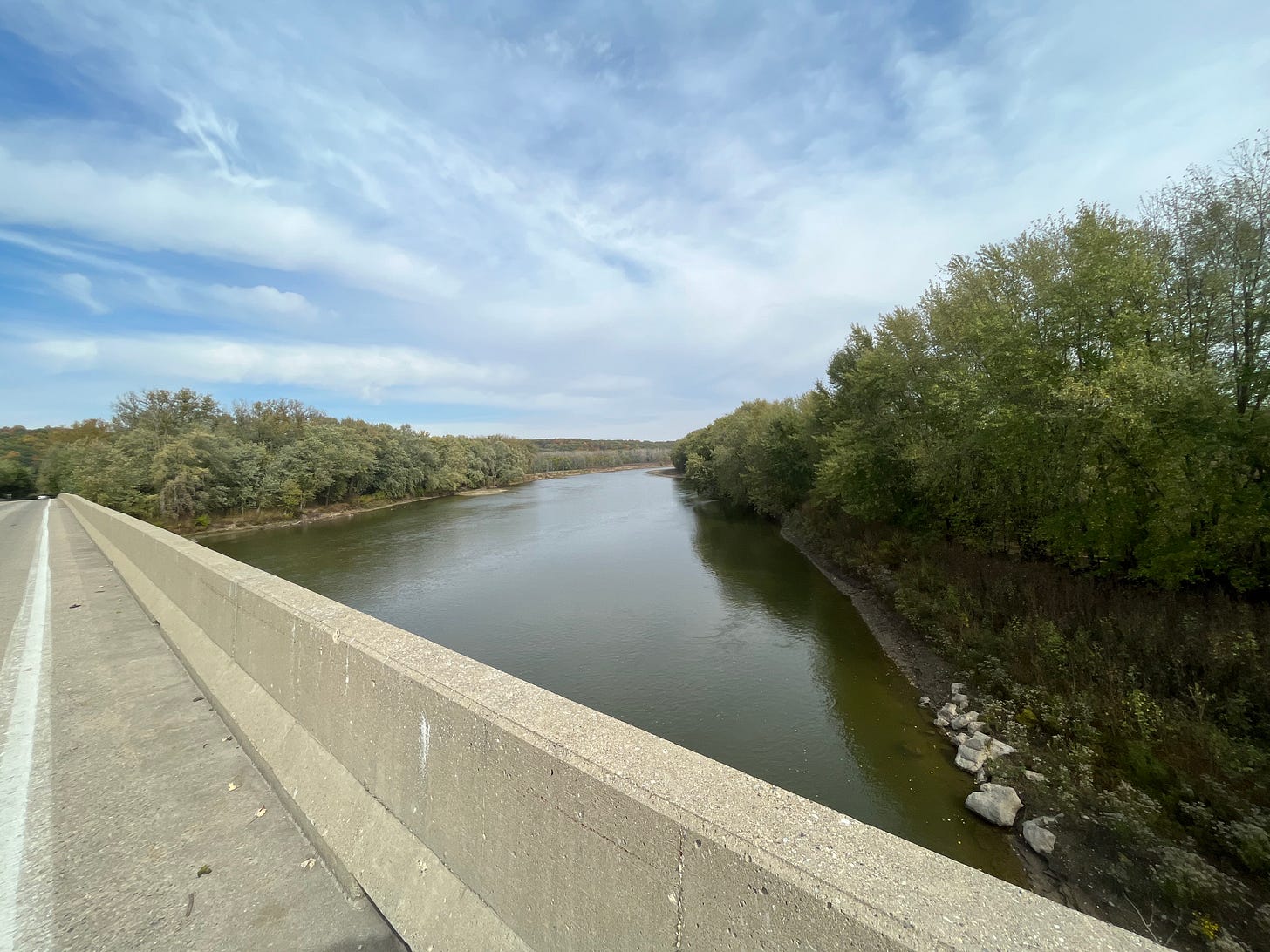Water studies inspired by LEAP pipeline backlash: Indiana at ‘crossroads’
A pair of studies out this week suggest regions along the Wabash River have enough water. But does the state have the rules in place to manage it properly as economic development accelerates?
A pair of new regional water studies – financed by the state and spurred by the blowback against a pipeline concept aimed at feeding industry at the LEAP District near Lebanon from wells drilled in western Tippecanoe County – indicate the counties largely along the Wabash River have the supply to meet demands for the next half-century.
But the studies, released Tuesday by the Indiana Finance Authority, conclude that Indiana has work to do to manage, conserve and regulate water supplies.
“The North Central Indiana region is not yet coming up against the ‘hard boundary’ of simply not enough available, affordable, reliable water supply to meet projected demand,” consultants with Stantec Consulting Services wrote in one of the two studies, each spanning more than 200 pages.
“With recent increasing drivers for economic development, Indiana is rapidly approaching a crossroads in water management,” the study said. “While multiple risks could threaten water availability and suitability into the future, numerous opportunities exist to more effectively manage and protect the region’s finite water resources.”



